The Sydney-based Lowy Institute for International Policy Research, Australia, has just released the Southeast Asia Aid Map, providing information on financial resources for more than 100,000 development projects funded by nearly 100 countries and international organizations from 2015 to 2021.
According to the release, Southeast Asia received about US$200 billion ($28 billion per year) in official development finance, mostly in the form of loans for infrastructure projects during this period.
China was the top provider of development finance to the region from 2015 to 2019, but it has fallen behind the Asian Development Bank (ADB) and the World Bank (WB) during the Covid-19 pandemic.
According to researcher Alexandre Dayant from the Lowy Institute, China's economic environment has changed, the country's economy is slowing down. Therefore, many people want Beijing to prioritize the domestic market rather than spending money abroad.
Beijing has also encountered obstacles in several infrastructure “megaprojects” in Southeast Asia, including the East Coast Rail Link in Malaysia and the delayed Jakarta-Bandung high-speed railway in Indonesia, according to Mr. Dayant.
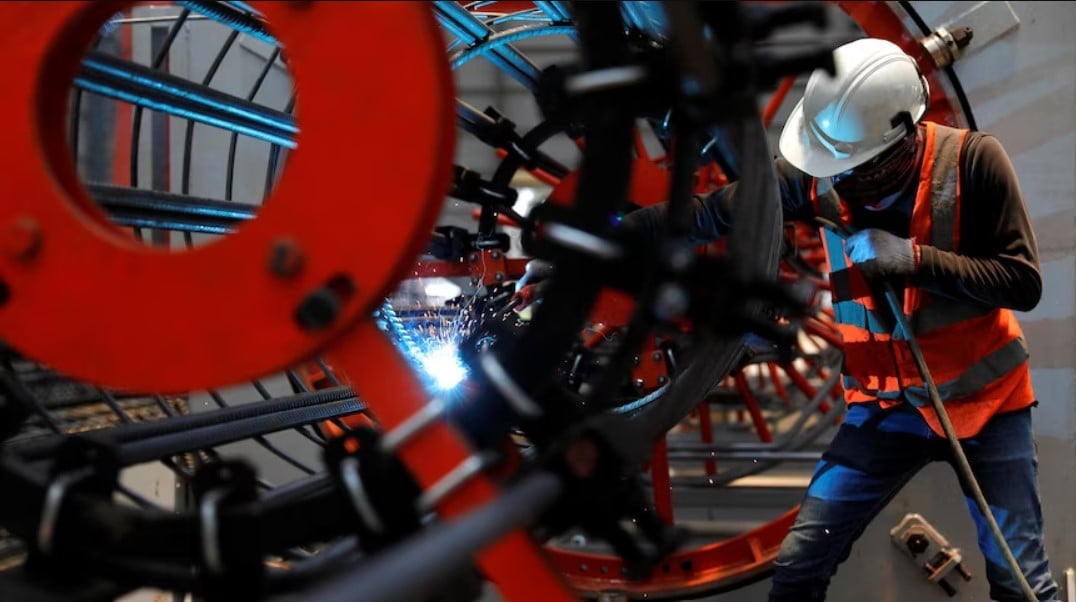
China has funded infrastructure projects across Southeast Asia, including the Jakarta-Bandung railway in Indonesia. Photo: ABC News
China's contribution to Southeast Asia has dropped from $7.6 billion in 2015 to $3.9 billion in 2021, according to the Lowy Institute.
From 2015 to 2021, China disbursed 37.9 billion USD (nearly 20% of the total financial resources of the Southeast Asia region), equivalent to 5.53 billion USD/year.
Chinese funding, mainly loans, has been used to support major infrastructure projects in the region, including high-speed rail projects in Malaysia, Indonesia and Thailand.
In 2015, China provided about 24% of the region’s official development finance (ODF). By 2021, that figure had fallen to 14%, according to the Lowy Institute.
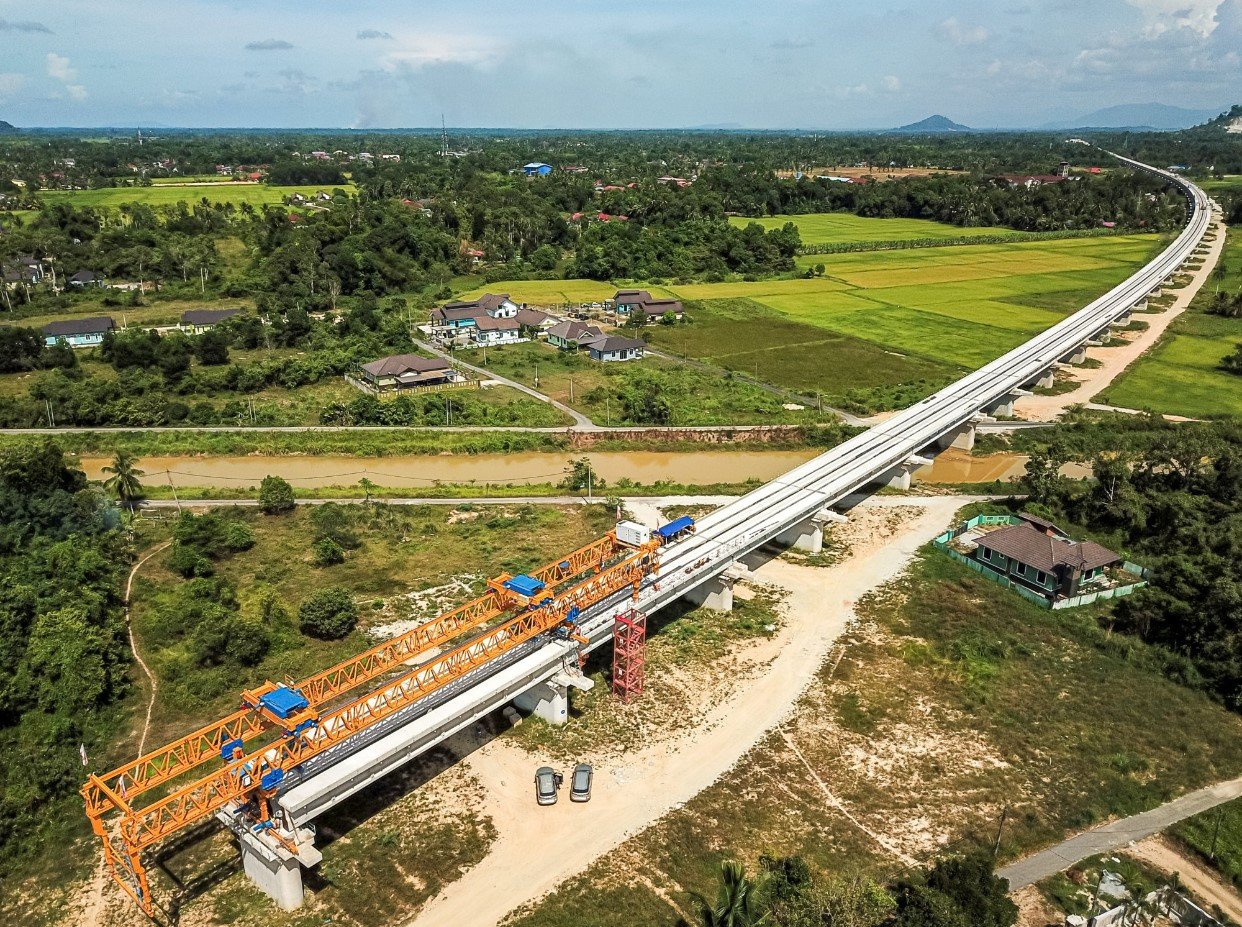
The China-funded East Coast Rail Link in Malaysia is a major infrastructure project under the Belt and Road Initiative. Photo: SCMP
While aid from China has declined, other countries and partners, including the US, Australia and Japan, have increased support for the region to compete with Beijing for influence, said Roland Rajah, a senior economist at the Lowy Institute.
“The growing geopolitical tensions between China and Western governments have made development finance, especially infrastructure, a means of competing for influence,” said Mr. Rajah.
New partners have also stepped up financial support in the region. The Saudi-based Islamic Development Bank provides about $225 million a year in non-concessional loans, mainly to Indonesia and India.
However, most of the region's development funding (80%) still comes from traditional partners such as development banks, Japan, South Korea, the European Union (EU), the US and Australia, according to Lowy's report.
Following China is Japan with $28.2 billion in funding and South Korea with $20.4 billion, followed by Germany, the US, Australia and France with amounts ranging from $5.34 billion to $8.5 billion .
Nguyen Tuyet (According to Al Jazeera, ABC News)
Source





![[Photo] National Assembly Chairman Tran Thanh Man attends the VinFuture 2025 Award Ceremony](/_next/image?url=https%3A%2F%2Fvphoto.vietnam.vn%2Fthumb%2F1200x675%2Fvietnam%2Fresource%2FIMAGE%2F2025%2F12%2F05%2F1764951162416_2628509768338816493-6995-jpg.webp&w=3840&q=75)

![[Photo] 60th Anniversary of the Founding of the Vietnam Association of Photographic Artists](/_next/image?url=https%3A%2F%2Fvphoto.vietnam.vn%2Fthumb%2F1200x675%2Fvietnam%2Fresource%2FIMAGE%2F2025%2F12%2F05%2F1764935864512_a1-bnd-0841-9740-jpg.webp&w=3840&q=75)


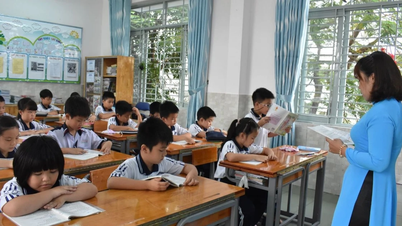

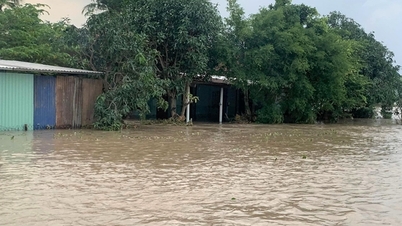



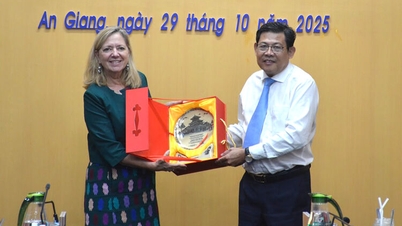

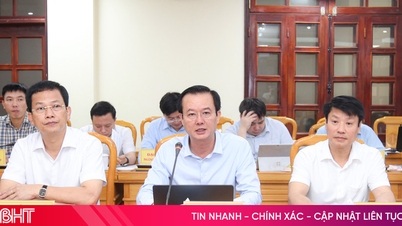



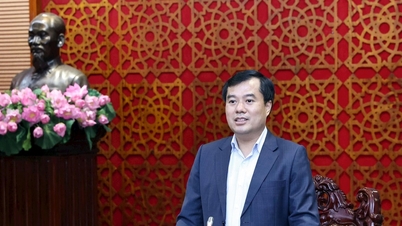


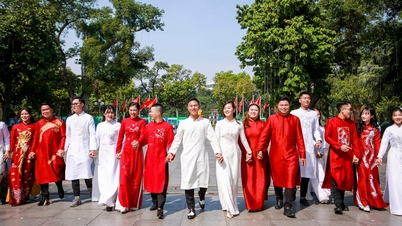



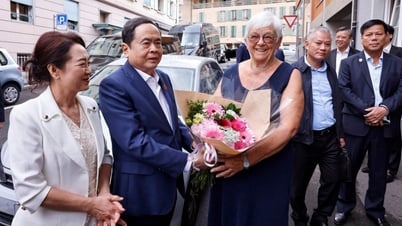





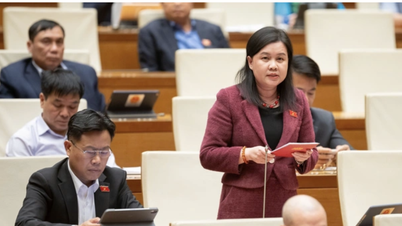
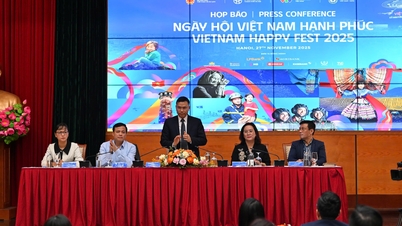









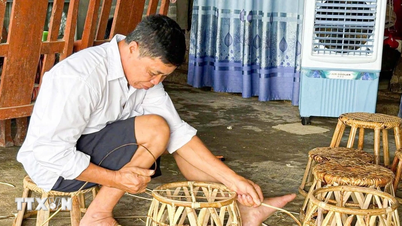
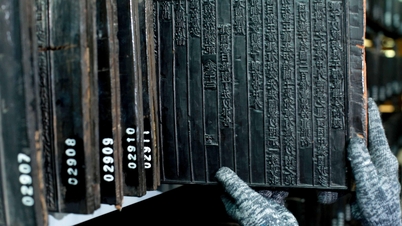









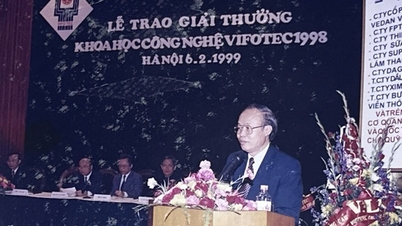

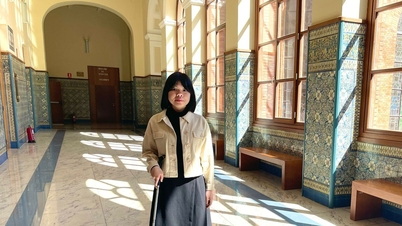
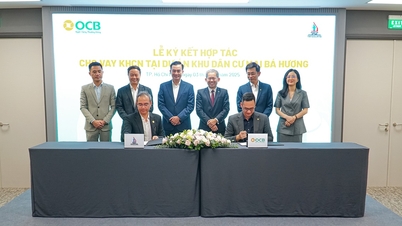


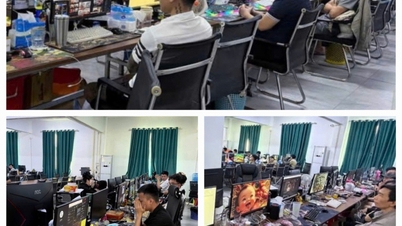
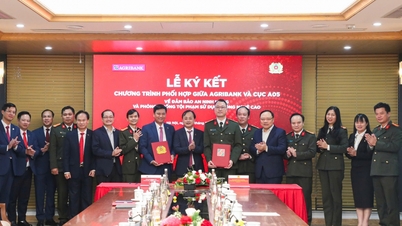

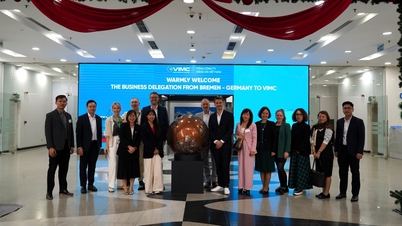
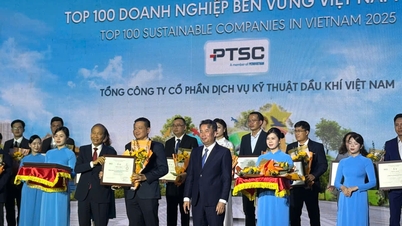







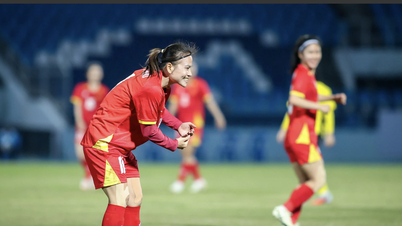




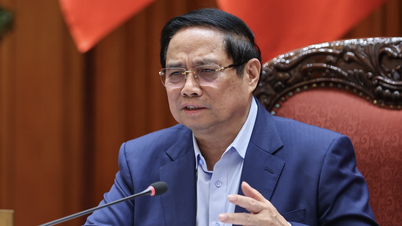
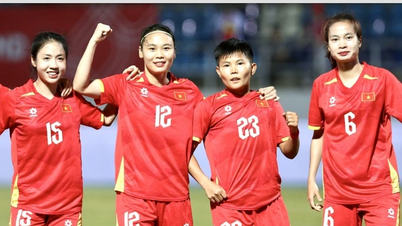
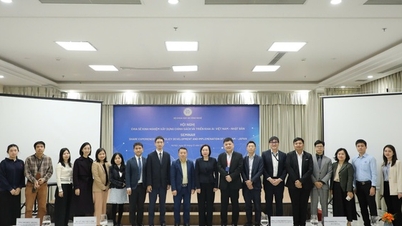
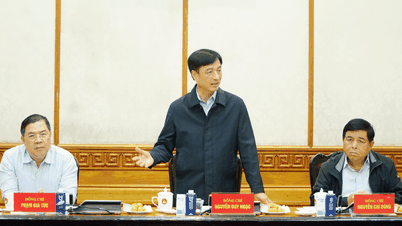

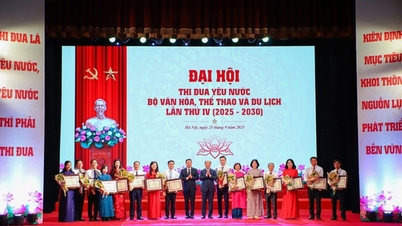

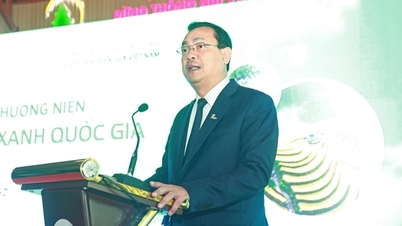
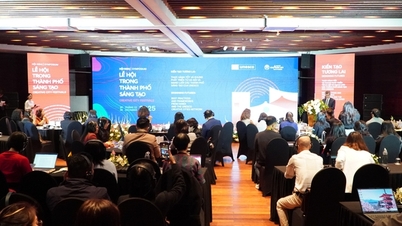
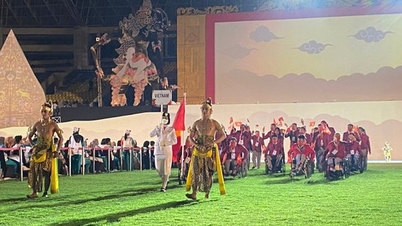
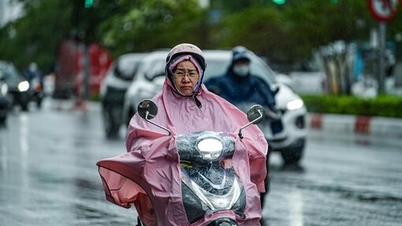



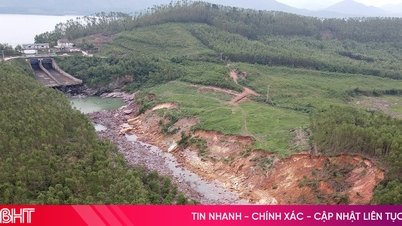
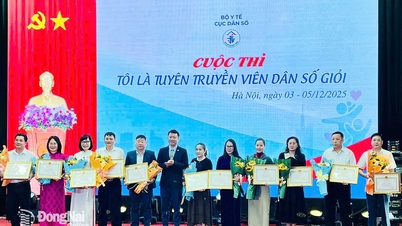






















Comment (0)